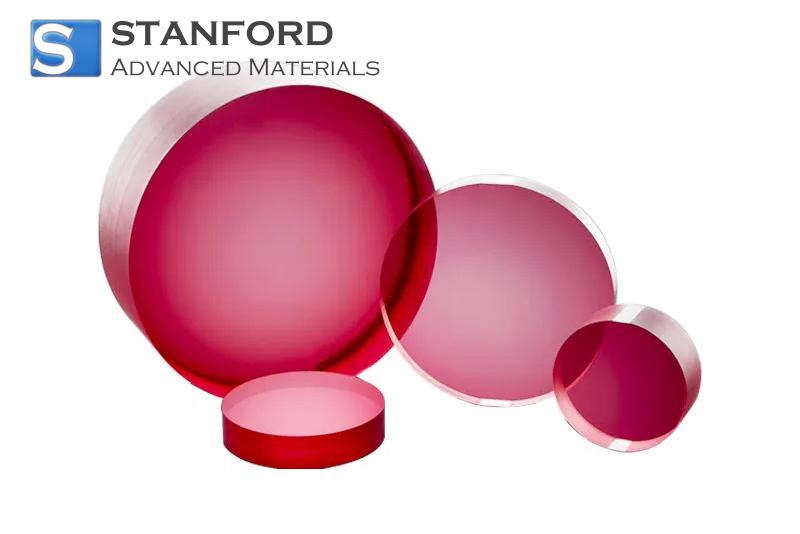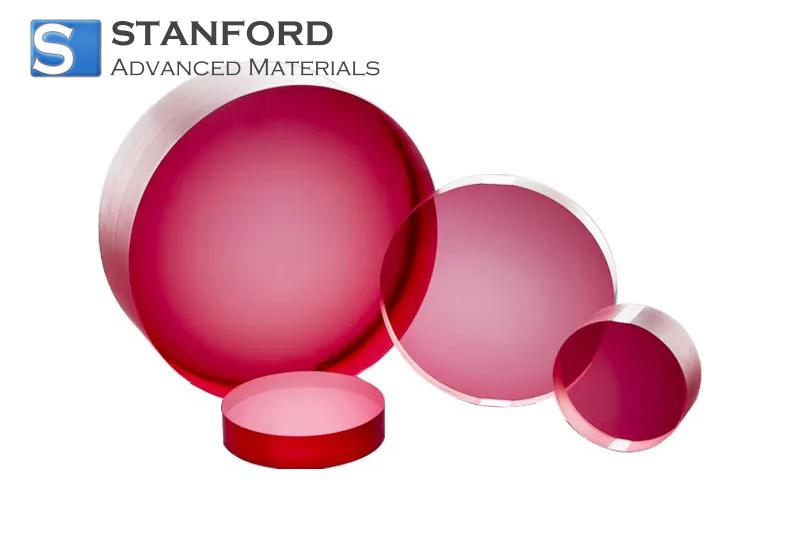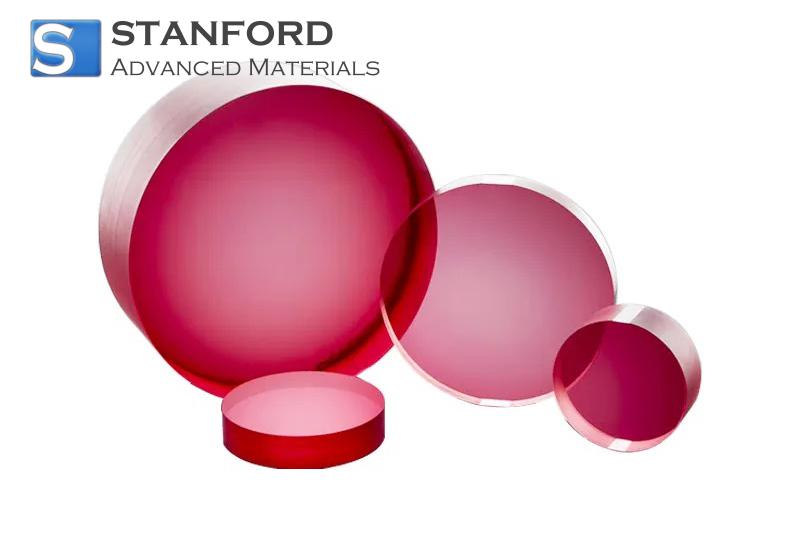Understanding 316L Stainless Steel Powder
Introduction
316L stainless steel powder is utilised in various industries such as medical devices, marine hardware, and additive manufacturing. Here we provide a straightforward explanation of its attributes and applications.
Features of 316L Stainless Steel Powder
This powder possesses several strong properties. It demonstrates resistance to heat and corrosion. It performs effectively in challenging environments. The low carbon level prevents unwanted carbide formation, ensuring durability over time. The material exhibits a smooth surface and free-flow characteristics, making it suitable for precision applications. Engineers and machinists find it reliable and easy to work with.
Chemical Composition
Chemically, 316L stainless steel powder mainly consists of iron with approximately 16 to 18 percent chromium. Molybdenum is included at around 2 to 3 percent. A small amount of nickel, approximately 10 to 14 percent, enhances its strength. Its low carbon content is generally below 0.03 percent. These elements combine to form an alloy with significant corrosion resistance and strength. Technical manuals provide details on composition, and results are consistent across suppliers.
Physical and Mechanical Properties, Thermal Properties
Now, we will discuss the mechanical attributes of this powder. It possesses excellent strength and ductility. Tensile strength typically ranges from 485 to 620 megapascals. Its yield strength demonstrates uniformity. The physical properties of the powder are also impressive. It has a high density of nearly 7.98 grams per cubic centimetre. Thermally, it remains stable at elevated temperatures, with a melting point range from 1370 to 1390 degrees Celsius. This makes it essential for high-temperature applications and welding. Engineers utilise these values to design components that maintain their shape and strength under stress.
Powder Characteristics
It is easy to manage. It also maintains a consistent particle size distribution and spherical shape in advanced manufacturing facilities. The majority of particles range from 15 to 100 microns, which facilitates effective performance in 3D printing processes. They also compact efficiently during sintering to create dense structures. The powder's free-flow abilities support precise layering in additive manufacturing. Most production lines integrate its use without significant modifications. Its characteristics are reproducible and manageable.
Applications of 316L Stainless Steel Powder
The powder finds use in numerous industries. Additive manufacturing employs it to create structures with complex geometries. Selective laser sintering and melting are common techniques where it demonstrates its favourable properties. Medical implants and surgical instruments typically incorporate this powder. Its resistance to bodily fluids makes it ideal for such applications. Additionally, the powder is applicable in marine and aerospace settings. Components subjected to high humidity and saline conditions exhibit increased durability. 316L stainless steel powder meets sanitation standards required in chemical processing and food handling equipment. These examples illustrate the material's extensive utilisation in modern industries.
Benefits of 316L Stainless Steel Powder
This powder offers numerous advantages. Its corrosion resistance reduces the need for regular replacements, resulting in long-term cost savings. Its good weldability and formability provide flexibility in manufacturing. The low carbon content prevents complications associated with heat treatment. Engineers consistently report its stability over time. Industries also gain from employing this powder as it ensures reproducibility of performance. It is available in various particle sizes, enabling its use across different processes. The powder's versatility makes it broadly adopted by manufacturers and designers.
Conclusion
316L stainless steel powder is well-regarded in contemporary manufacturing. It is known for its excellent corrosion and temperature resistance. The flow and powder characteristics also render it suitable for additive manufacturing and various other applications.
Frequently Asked Questions
F: What is the typical range of particle sizes for this powder?
Q: It generally varies between 15 and 100 microns, allowing for effective flow in production.
F: How is powder utilised in additive manufacturing?
Q: It is employed in selective laser melting and sintering for the production of complex components.
F: Is 316L stainless steel powder safe for medical applications?
Q: Yes, it is biocompatible and suitable for use in medical devices and implants.

 Bars
Bars
 Beads & Spheres
Beads & Spheres
 Bolts & Nuts
Bolts & Nuts
 Crucibles
Crucibles
 Discs
Discs
 Fibers & Fabrics
Fibers & Fabrics
 Films
Films
 Flake
Flake
 Foams
Foams
 Foil
Foil
 Granules
Granules
 Honeycombs
Honeycombs
 Ink
Ink
 Laminate
Laminate
 Lumps
Lumps
 Meshes
Meshes
 Metallised Film
Metallised Film
 Plate
Plate
 Powders
Powders
 Rod
Rod
 Sheets
Sheets
 Single Crystals
Single Crystals
 Sputtering Target
Sputtering Target
 Tubes
Tubes
 Washer
Washer
 Wires
Wires
 Converters & Calculators
Converters & Calculators
 Write for Us
Write for Us



 Chin Trento
Chin Trento



